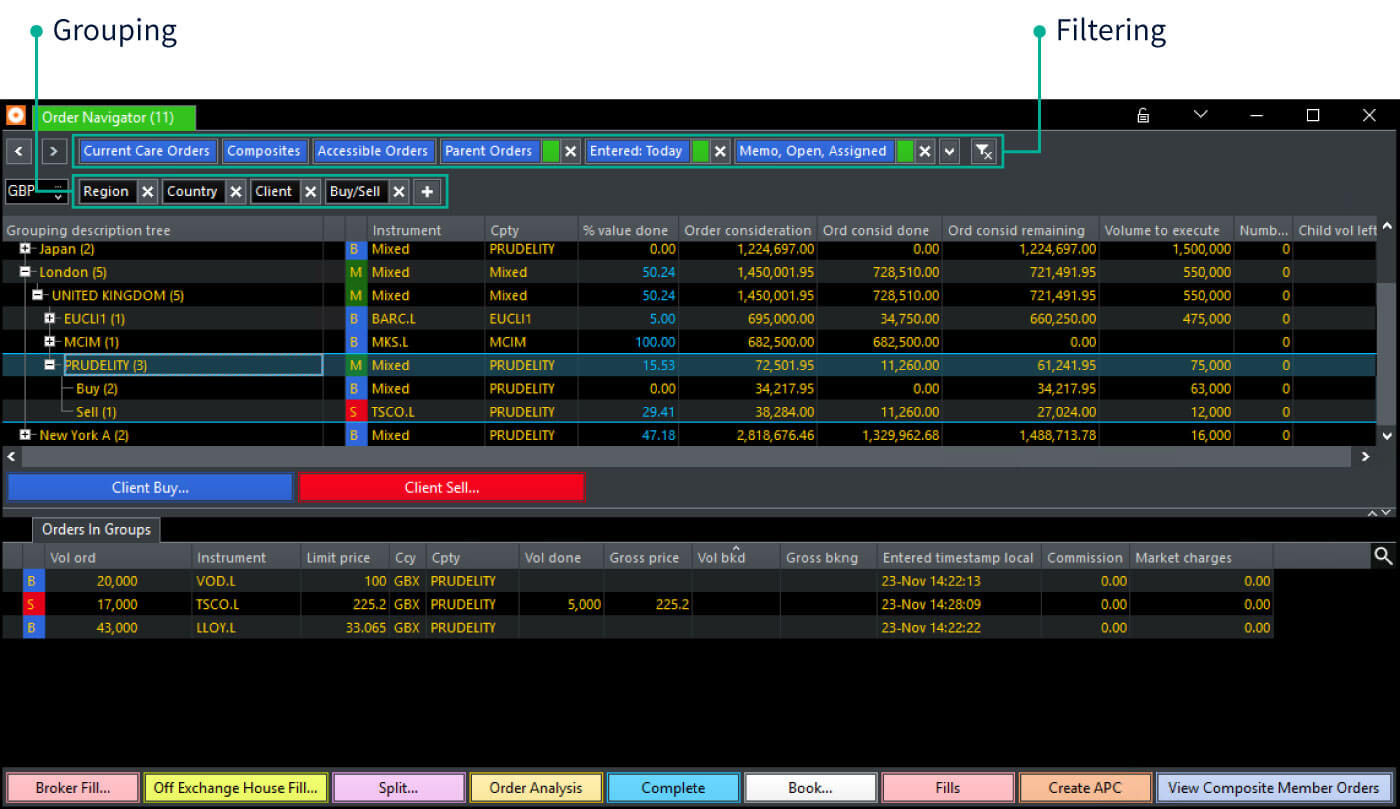Three display functions that all trading systems should embrace
When trading moved from trading floors and into the digital world, the data presented to dealers started to multiply rapidly. Display-related functionality soon became an important aspect of front-end platform design. With order volumes rising all the time, access to new display technology is becoming increasingly important.
For example, client tickets used to be brief handwritten notes. Now they capture all sorts of order-related data. Previously, once traded they would be placed on a spike to maintain the sequence dealt, whereas today comprehensive data audit trails are recorded. Orders arriving onto the dealing desk by electronic message appear on the traders’ screens within seconds. Throw in the use of algorithmic trading and dealers are being asked to manage a huge increase in numbers of orders as they trade global markets.
One of the challenges traders face today is monitoring hundreds of orders in real time, where an order may appear and disappear in an instant. Today’s orders are routed automatically to the designated users by configured rules. Having arrived, once risk checked, orders require almost no human interaction to start trading algorithmically on markets.

In this fast-paced environment, the first key display function that’s a must-have is Order Filtering. Filtering has long been available on trading platforms, and is often set up by the user only once when they first start using the system. Users can create multiple grids, with different filters. For example, to show orders they’re working on, distinct from orders that have been completed.
The second key function is Order Grouping. This feature mimics the famous Excel pivot table, with the addition that all the data in the table can change at any time. This technology, often known as a navigator style grid, has become the de-facto standard for advanced traders and basket traders around the world. Orders can be grouped by client or industry sector for ease of identification and performance monitoring.
The third key feature that has been developed more recently is Order Search, Google style. Based on the Google search where the results are static, the results in this case are updated in real time. Order Search requires considerable machine memory and sophistication to ensure it works with Order Filtering and Order Grouping. This gives the trader a simple interface where they can quickly find any order. Which can be vital when a client is on the phone asking what is happening to his or her order!
These display functions are fast becoming key to holding a competitive edge, and all trading systems should embrace this new technology in the dealing rooms of the future.

See how Fidessa can help you optimise your order management visibility and book a demo.

